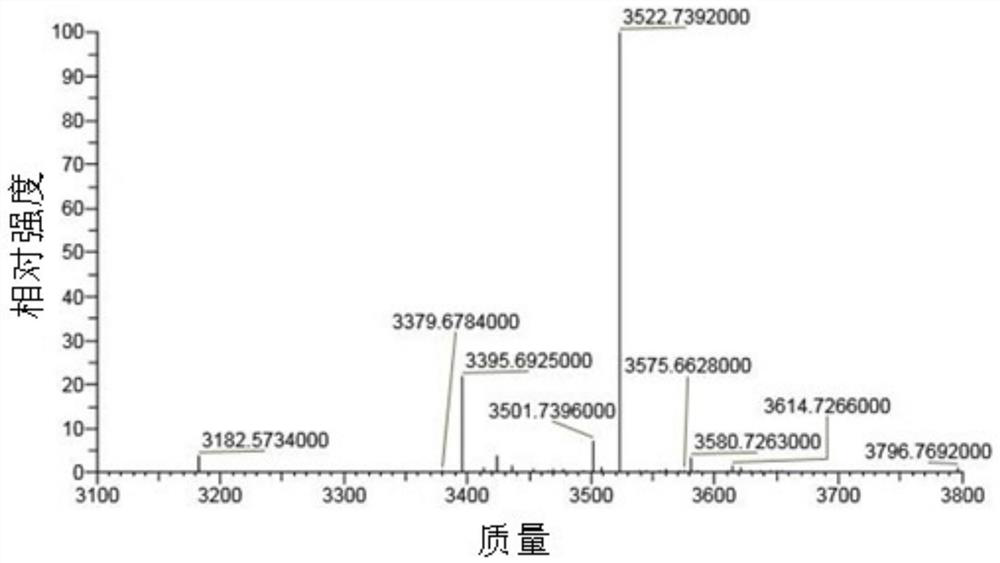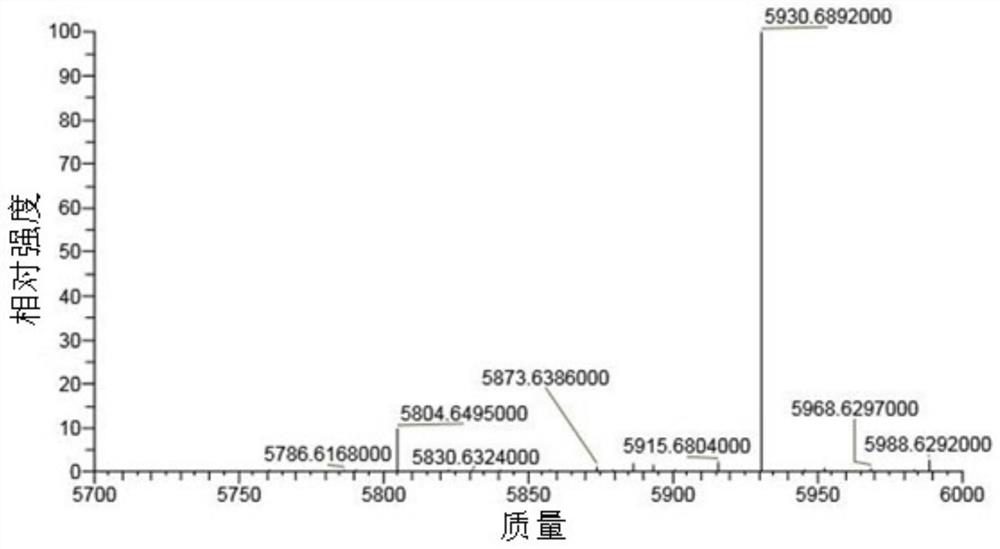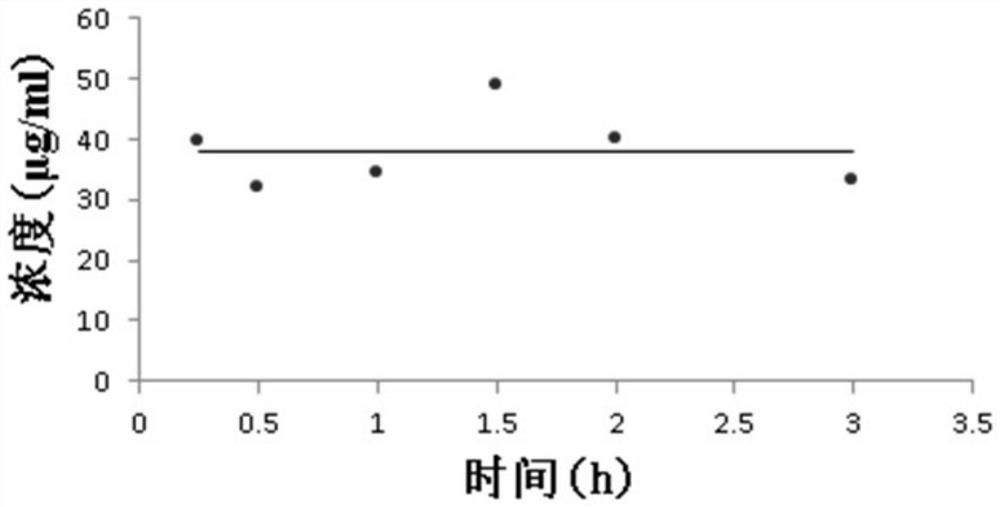Method for modifying amino in molecule by using imidazoline quaternary ammonium salt and application thereof
A technology of quaternary ammonium salt and amino group, applied in the field of biochemistry, can solve problems such as coupling reaction of oxazoline quaternary ammonium salt and amino acid residue not involved
- Summary
- Abstract
- Description
- Claims
- Application Information
AI Technical Summary
Problems solved by technology
Method used
Image
Examples
Embodiment 1
[0059] The preparation of embodiment 1 compound 2-1
[0060]
[0061] With substituted or unsubstituted 2-chloroquinolone or 2-chloroisoquinoline compounds as raw materials, refer to literature (Li Bo (LiBo) et al., Discovery of N-substituted 3-arylisoquinolone derivatives asantitumor agents originating from O-substituted 3 2-(2,2-Dimethoxyethoxy base) quinoline, 2-(2,2-dimethoxyethylthio)quinoline or 2-(2,2-dimethoxyethylselenyl)quinoline (0.13mmol), then dissolved in dry Keep it dry in ether hydrochloride (5ml), react overnight, and spin dry the excess ether hydrochloride to obtain intermediate 1. a) directly dissolve the obtained intermediate 1 in n-butanol or water (10ml), and add the amine nucleophile 2-amino-N-methylacetamide hydrochloride (0.26mmol); or b) the obtained Intermediate 1 was added to the amine nucleophile 2-amino-N-methylacetamide hydrochloride (0.26 mmol) in n-butanol or aqueous solution. Then add or not add triethylamine or potassium phosphate (0.26...
Embodiment 2
[0062] The preparation of embodiment 2 compound 2-2
[0063]
[0064] Except that the nucleophile was replaced with (S)-2-amino-N-methylpropionamide hydrochloride, the preparation method was the same as in Example 1 to obtain compound 2-2 with a yield of 92%. 1 H NMR (600MHz, CDCl 3 )δ7.80(d, J=8.8Hz, 1H), 7.67(d, J=8.3Hz, 1H), 7.59(d, J=7.9Hz, 1H), 7.53(t, J=7.3Hz, 1H) ,7.27–7.21(m,1H),7.10(s,1H),6.61(d,J=8.8Hz,1H),5.28(d,J=5.9Hz,1H),4.72(p,J=6.7Hz, 1H), 2.78(d, J=4.9Hz, 3H), 1.52(d, J=7.0Hz, 3H). 13 C NMR (150MHz, CDCl 3 ) δ 174.3, 155.8, 147.4, 137.6, 129.7, 127.5, 126.1, 123.6, 122.6, 112.0, 50.7, 26.1, 18.1. HRMS (ESI): C 13 h 16 N 3 O[M+H] + Calculated value: 230.1288, measured value: 230.1288.
Embodiment 3
[0065] The preparation of embodiment 3 compound 2-3
[0066]
[0067] Except that the nucleophile was replaced with 2-amino-N,3,3-trimethylbutanamide hydrochloride, the preparation method was the same as that of Example 1 to obtain compound 2-3 with a yield of 66%. 1 H NMR (400MHz, CDCl 3 )δ7.82(d, J=8.9Hz, 1H), 7.69(d, J=8.4Hz, 1H), 7.61(s, 1H), 7.57–7.52(m, 1H), 7.25(t, J=8.0 Hz,1H),6.70(d,J=8.9Hz,1H),6.44(s,1H),5.68(s,1H),4.50(d,J=7.8Hz,1H),2.80(d,J=4.9 Hz,3H),1.14(s,9H). 13 CNMR (125MHz, CDCl 3 ) δ 172.6, 156.3, 147.1, 137.8, 129.7, 127.5, 125.7, 123.6, 122.5, 112.0, 34.4, 27.0, 26.1. HRMS (ESI): C 16 h 22 N 3 O[M+H] + Calculated: 272.1757, Found: 272.1756.
PUM
 Login to View More
Login to View More Abstract
Description
Claims
Application Information
 Login to View More
Login to View More - R&D
- Intellectual Property
- Life Sciences
- Materials
- Tech Scout
- Unparalleled Data Quality
- Higher Quality Content
- 60% Fewer Hallucinations
Browse by: Latest US Patents, China's latest patents, Technical Efficacy Thesaurus, Application Domain, Technology Topic, Popular Technical Reports.
© 2025 PatSnap. All rights reserved.Legal|Privacy policy|Modern Slavery Act Transparency Statement|Sitemap|About US| Contact US: help@patsnap.com



